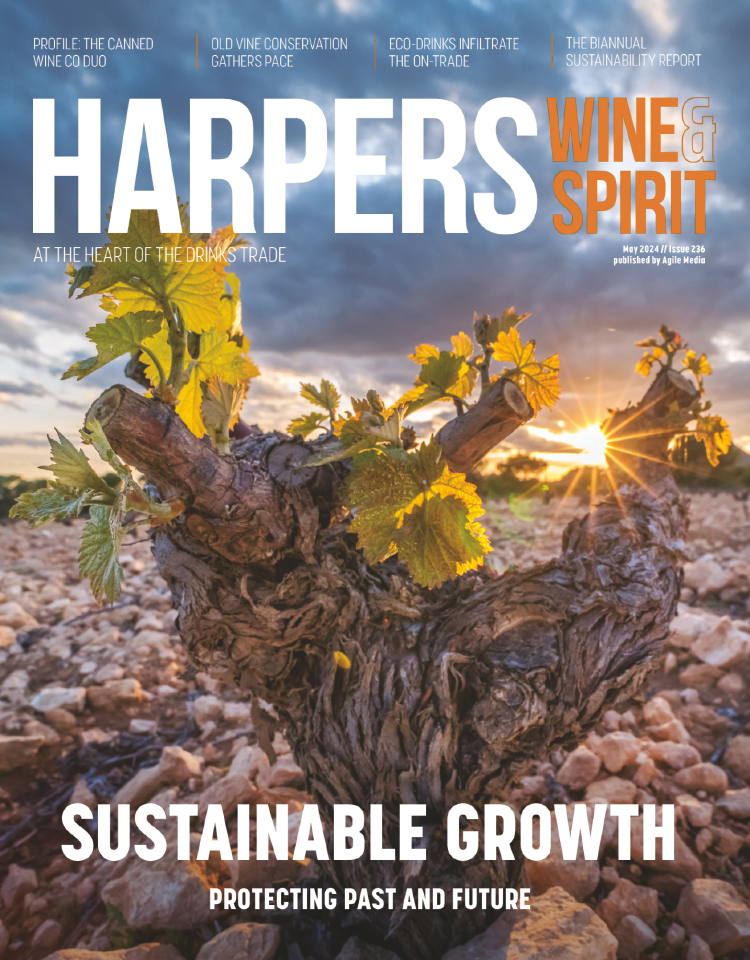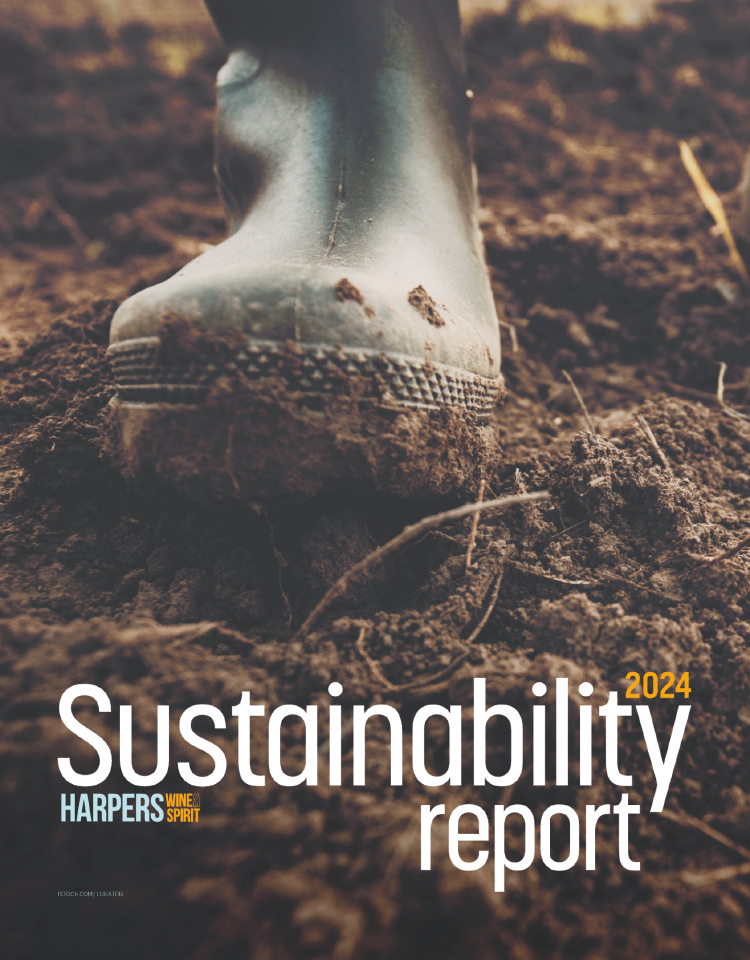
Koshu: Japan’s own ‘English vineyard’ shows its array of styles in the UK
Wines of Koshu returned to its physical tasting last week after a run of Covid-related hiatuses. Now in its 15th year, the event was able to properly showcase its range of styles across the still, sparkling, oaked and orange spectrum.
Famous for its pink bunches on the vine, Koshu is best known for its extremely pale white wines where elegance and texture take precedence over fruit. However, an array of different styles are steadily emerging from the Yamanashi Prefecture, where 96% of Koshu is grown.
As sommelier Isa Bal says, versatility is Koshu’s secret weapon. Following his masterclass hosting duties at the event, he told Harpers the variety is capable of producing “precise legacy wines under the care of Japanese winemakers”.
Harpers also caught up with Château Mercian, one of the region’s leading wine producers along with Lumière Winery and Suntory. It’s one of the oldest producers in Yamanashi too, dating back to the 19th century. Now over 150 years old, the Château is focusing on promoting its four distinct styles of Koshu to markets like the UK – its key global export market.
“Although the variety is the same, people are always surprised by the differences in taste and style due to the different district and production methods,” Kurenai Yasutake, brand manager of Château Mercian, said.
“We’re surprised even by what other wineries are able to achieve. For example, one is currently doing orange sparkling, which is very interesting. We’re still trying to discover more about Koshu. There’s so much potential.”
Château Mercian’s four styles begin with the Château Mercian Yamanashi Koshu. An entry point into the category, the wine is a fresh, citrussy 100% Koshu taken from vines all over Yamanashi, and would pair with sashimi (raw meats).
Number two is its counterpoint, the Château Mercian Iwasaki Koshu 2020 from the Iwasaki district. This oaked Koshu has four months of ageing, resulting in a more tannic and fuller-bodied wine to the first, pairing well with cooked foods.
The third is orange Koshu, the Château Mercian Fuefuki Koshu Gris de Gris. The 2021 vintage was shown at the tasting, displaying a pale red-purple colour with a hint of grey, hence the Gris, meaning ‘grey’ in French.
Lastly, Château Mercian's Iwade Koshu Ortum 2021 is a single vineyard wine made using the ‘best of the best’ grapes.
Despite these stylistic explorations however, in many respects Koshu remains shrouded in mystery, both at home and abroad. The received wisdom seems to be that as a Vitis Vinifera variety, the grape travelled along the Silk Road, picking up bits of East Asian DNA along the way (and helping Koshu to fight off rot in Japan’s humid summer months).
However, other theories say the variety came via Korea or monks in China. Either way, when it comes to the domestic market, Japanese drinkers are far more likely to know Chardonnay and Sauvignon Blanc over Koshu.
“It’s what English wine is to the English. It’s still being discovered,” Yasutake says.
In the meantime, Château Mercian is pushing ahead with exporting its leftfield wines to the UK. Around 18,000 bottles of orange wine are produced each year. Meanwhile, the total Koshu production at the winery is 180,000 bottles – just under half its total production, which also includes international varieties.
“We have a vision that one day, Japan will be recognised as one of the world’s foremost wine regions. Japanese wine is not yet recognised but in the near future, we want Japanese wine to be loved and enjoyed more and more by people all over the world,” Yasutake concludes.
Koshu of Japan was established in 2009 by leading wine producers from the Yamanashi Prefecture, Japan’s premiere winegrowing region.
Diversification has since exploded since Koshu was officially recognised by the OIV in 2013, with sparkling, oaked, orange and aged wines all now coming to market.








